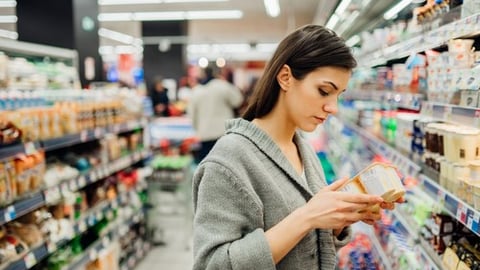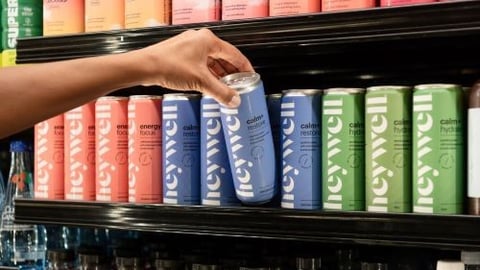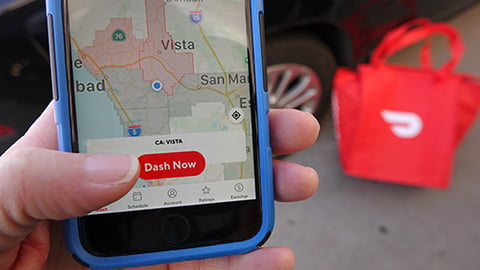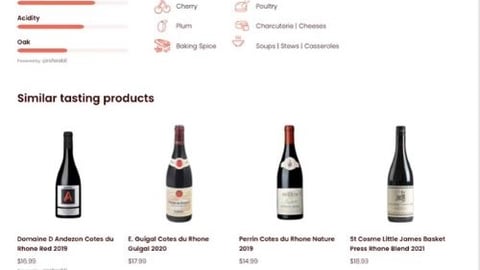What’s Up With the Downturn in Alcohol Consumption?
In some potentially sobering news for adult beverage makers, recent research shows that people are increasingly mindful of the amount of alcohol they are consuming. During and beyond the month of Dry January, sober-curious shoppers and teetotalers are affecting overall demand, some reports indicate.
Dry January remains a kickstart to such behaviors, according to one recent study commissioned by ad firm NCSolutions (NCS). Its data shows that 30% of U.S. consumers are taking part in that movement this year, spiking 36% from 2024.
[RELATED: Investment Firm Buys Majority Stake in Spindrift]
On a broader level, NCS reported that nearly half (49%) of Americans say they plan to drink less alcohol in 2025, a 44% leap over 2023. The future is likely trending that way, too, given that 65% of Gen Z consumers plan to drink less and 39% say they are planning to adopt a “dry” lifestyle this year. In comparison, 57% of Millennials, 49% of Gen Xers and 30% of Boomers plan to imbibe less.
In its report, NCS cited sales figures supporting such sentiments. For example, shoppers purchased 22% more nonalcoholic beer from November 2023 to November 2024.
Although changes can impact beer, wine and spirits departments, the research points to new opportunities for grocers, too. NCS shared that consumers are more likely to buy nonalcoholic beverages in grocery stores (37%) than superstores (30%), restaurants (20%), c-stores (19%) and club stores (15%).
"As more consumers, especially younger ones, embrace a sober curious lifestyle, we're seeing a change in purchasing behavior following this cultural shift," confirmed Alan Miles, NCS’ CEO. "NCS data shows the demand for new nonalcoholic beverage options grew steadily over the last three years. Beverage brands are meeting and contributing to this demand with new nonalcoholic products on the shelves."
Other Data on Dry Habits
Other recent research shows similar drinking trends. Market insights company Mintel, for example, revealed that 78% of U.S. adults over the age of 22 who do drink any alcoholic beverages agree they can still enjoy parties/social gatherings without alcohol, and 42% say that events like Dry January are a fun challenge.
Meanwhile, a survey from the Wine & Spirits Wholesalers of America’s data group SipSource found that actual sales from wholesalers to more than 450,000 retailers nationwide fell 6% from August 2023 to August 2024, with an 8% slide in wine and a 3.9% dip in spirits.
Where does beer fit into these lifestyle trends? A new Morning Consult poll commissioned by the Beer Institute shows that 60% of U.S. consumers taking part in Dry January think that low- and no-alcohol beer help them achieve their moderation goals. Those who opt for Dry January or a scaled-back “Damp January” cite improved wellness (49%) and saving money (48%) as their top reasons.






